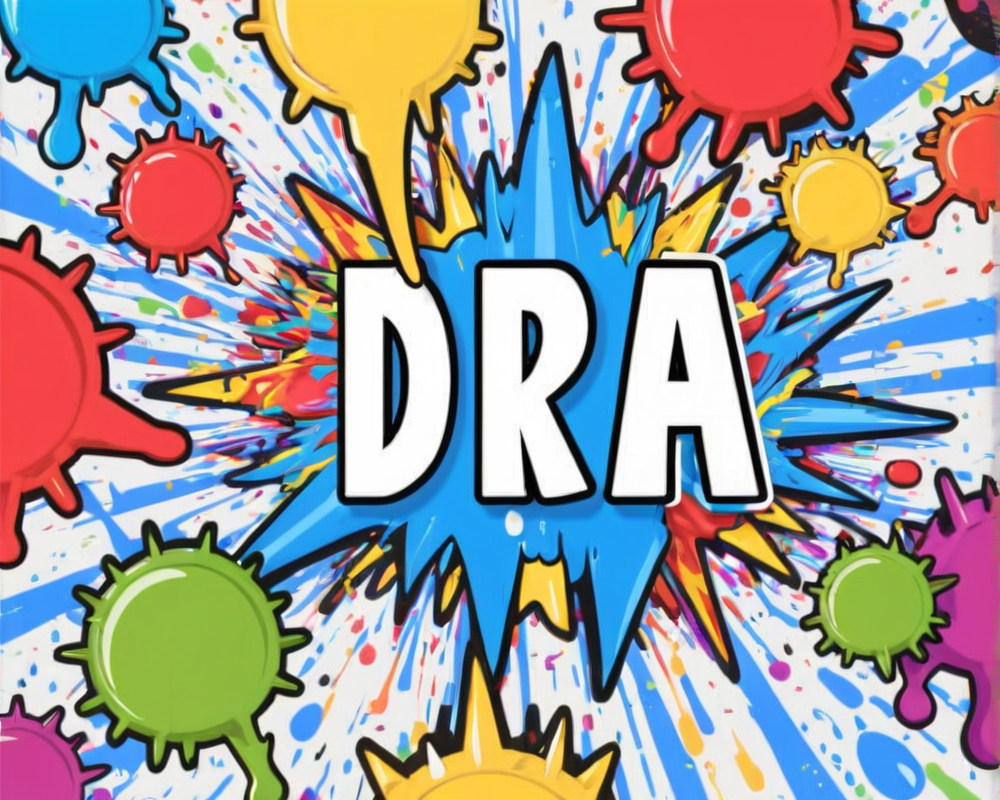Revival of the Forgotten Brands
In an intriguing twist of fate, many once-beloved brands are attempting to resurface amid the fervor of crypto adoption. Recent happenings have seen platforms like LimeWire ditch their outdated offerings in favor of something fresh and digital—a marketplace for nonfungible tokens (NFTs). With plans to ride the nostalgia wave, it begs the question: is it genuine revival or merely a cash grab?
LimeWire’s Nostalgic Leap
The beloved file-sharing service LimeWire is making a comeback, albeit as an NFT haven focusing on music collectibles rather than illegally downloading that 2005 Fall Out Boy song. Their new mission has them anchored in nostalgic waters, and they’ve partnered with the company behind Algorand to ensure they’re sailing smoothly. Not to forget, their shiny new token LMWR is set to launch soon—because what’s a comeback sans a new token?
Other Brands Join the Crypto Parade
LimeWire isn’t alone; a slew of retro brands are jumping on this crypto bandwagon. Take WinAmp, famous for bolstering our early 2000s playlists while we downloaded songs at a snail’s pace. They plan to auction their original interface as an exclusive NFT. And let’s not forget RadioShack, rebranding itself as a decentralized exchange—yes, that RadioShack. Since when did batteries and cords turn into Ethereum and stablecoins?
Critics Weigh In
Not everyone is buying what these brands are selling, though. Industry experts suggest that many of these resurrected names lack the original vision. “It’s like someone trying to reopen Blockbuster but only for those fond VHS tapes nobody still owns!” said one cynical tech analyst. With the millennial and Gen Z markets having little to no connection to these relics, the real question is whether these projects can escape the stigma of being mere gimmicks.
Are Revivals Worth It?
In a digital landscape that’s evolving faster than a cat meme goes viral, can brands truly leverage their past to reinvent themselves in crypto? Pavel Bains, CEO of a blockchain ecosystem, opines that this trend could be more about promoting those NFT projects rather than meaningful contributions to the industry. But others, like Verasity’s Elliot Hill, argue that with the right strategy, these ventures have the potential to genuinely engage with the blockchain world. The question remains—will nostalgia lead to innovation or just a resounding meh?



